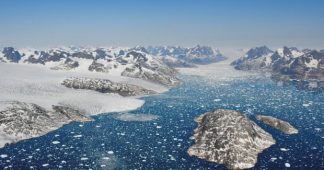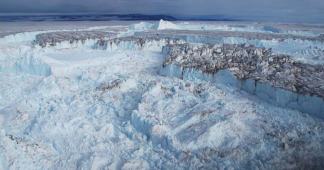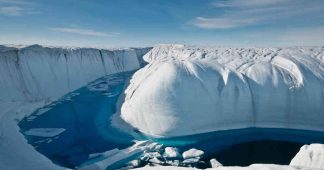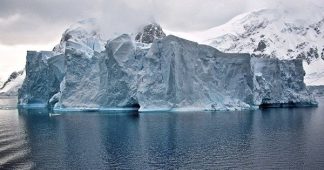GREENLAND’S melting icecaps raised the sea levels by 2.2mm last year, scientists have warned, with the human-induced climate crisis accelerating the loss of tons of ice.
Data from the National Aeronautics and Space Administration (Nasa) showed that around 600 billion tons of ice was lost from Greenland last year.
This was partly attributed to the Arctic region experiencing its warmest summer on record.
The loss of land-based glaciers directly causes the seas to rise, with researchers warning that around 400 million people will be at risk of flooding every year by the end of the century.
“This analysis explains the impact on the planet of the abnormally high temperatures that were recorded during July and August 2019 around the North Pole,” University of California professor Irvine Isabella Velicogna, the main author of the research, said.
“As much as we knew last summer had been hot, the figures for the thaw in Greenland were surprising and huge,” she added.
Ice is being lost from Greenland seven times faster than it was in the 1990s, a scientific study revealed last year.
“It is estimated that Greenland lost an annual average of 268bn tons of ice between 2002 and 2019. Last summer the island lost [more than twice] that,” Ms Velincogna said.
The 10 million-strong population of Los Angeles County in the United States “consumes 1bn tons of water per year,” by comparison.
Ice in Antarctica is also melting six times faster now than it was in the 1990s, new research has shown.
“In Antarctica, the mass loss in the west proceeds unabated, which is very bad news for sea level rise,” Ms Velicogna said.
But she added that for the moment this was being mitigated by a regional increase in snowfall.
Crucial climate talks are due to be held in Glasgow later this year although they may be affected by the coronavirus outbreak











